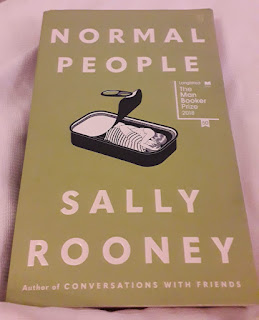Rereading
Among the many ways of reading, the classification I find most
compelling is the distinction between horizontal reading (you consume one book
after another) and vertical (you dig into the same books again and again). This
separation implies that Shakespeare’s grandeur may be linked to the limited works
he had access to, that his only possibility was to be a rereader. If the world
hasn’t produced a similar genius since then, it may be down to the
invention of the printer.
‘I use the word reader very
loosely. Curiously enough, one cannot read a
book: one can only reread it. A good reader, a major reader, an active and
creative reader is a rereader,’ said Nabokov. Like many authors (particularly
straight white male authors), Nabokov could only understand and perceive at the
world as a writer. At some point of their careers, novelists encounter a dilemma,
when they must choose the type of writer (and possibly human being) they want
to be. Either delving into the uncertain paths of creativity or intellectualising
their vocation so much that they detach from the world.
Nabokov’s definition is exclusive for many reasons. First, the snobbish
insult in differentiating between good and bad readers, but he also ignored the
many reasons humans have for returning to a book. Comfort, pleasure, an
unexpected illness, or becoming a different person. All of them, precisely, the
same motives for reading them for the first time.
The reason for this article is (again!) being sick at home and finding
(again!) comfort in the beautiful ‘Normal People,’ by Sally Rooney.



Comments
Post a Comment